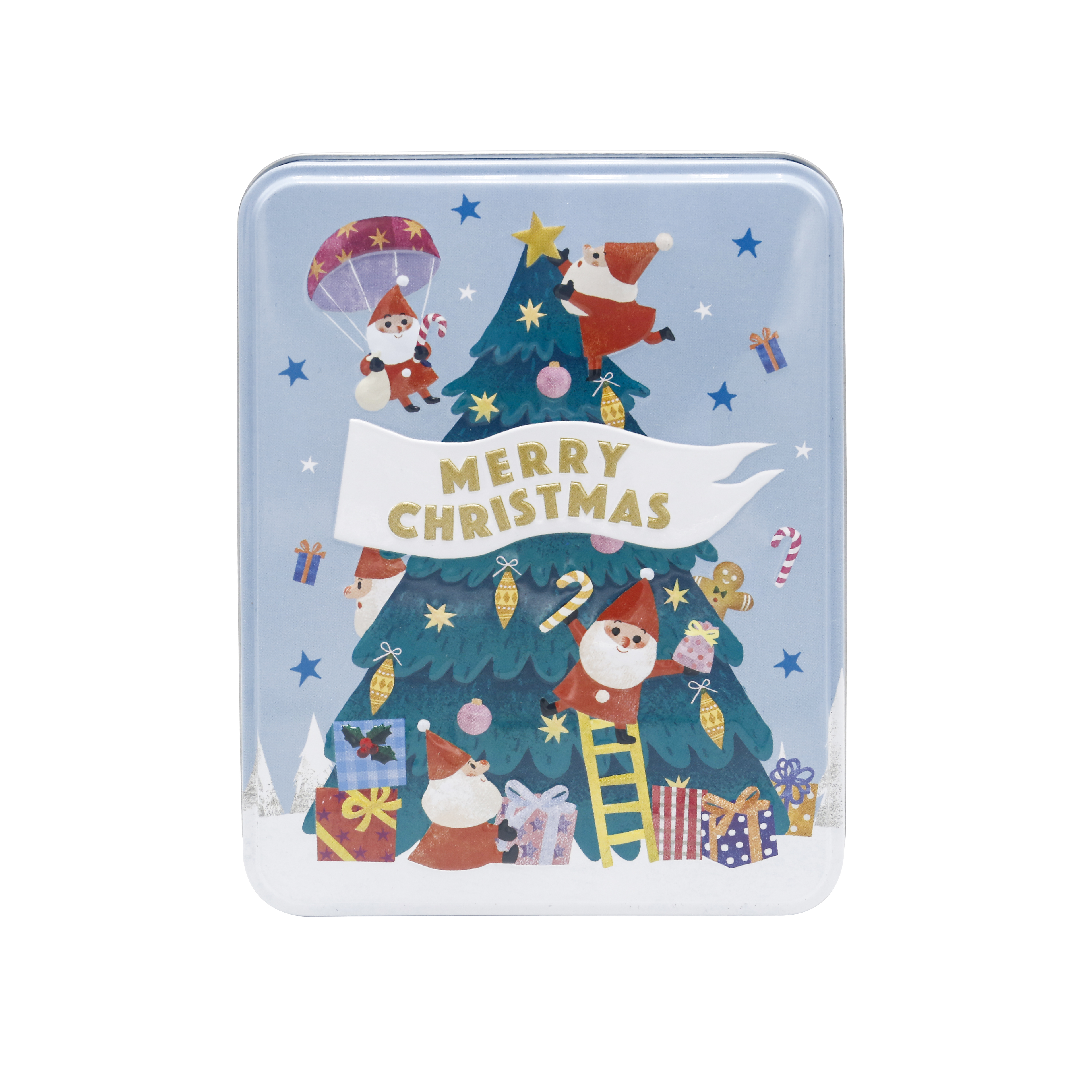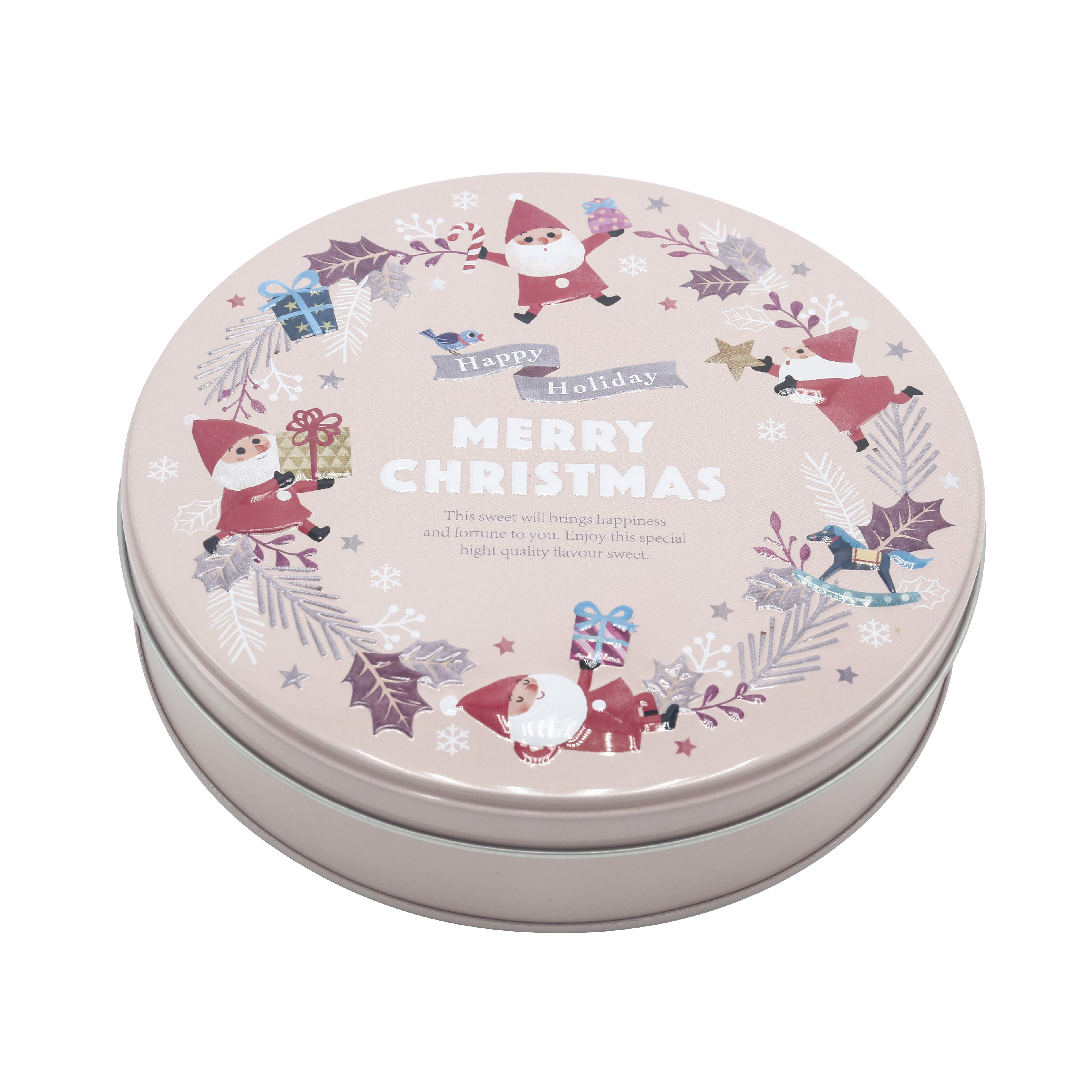In the ever-evolving world of packaging solutions, tinplate cans stand out as a popular choice for manufacturers and consumers. This article delves into a detailed comparison of tinplate cans with other packaging containers, including plastic packaging, glass packaging, and paper packaging. By studying market share, prices, raw materials, performance, and the pros and cons of each type, we aim to gain a comprehensive understanding of their role in the packaging industry.
 Tinplate cans are mainly made of steel coated with a thin layer of tin, which provides excellent protection against corrosion and preserves the quality of the contents. In terms of market share, tinplate cans have always occupied a significant position, especially in the food and beverage sector. They are the first choice for canned food because of their airtightness, which ensures that the product remains fresh for a long time. In contrast, plastic packaging, although lightweight and low-cost, often raises concerns about environmental impact and recyclability. Although plastic has a larger market share due to its versatility and lower price, it lacks the durability and protection of tinplate cans.
Tinplate cans are mainly made of steel coated with a thin layer of tin, which provides excellent protection against corrosion and preserves the quality of the contents. In terms of market share, tinplate cans have always occupied a significant position, especially in the food and beverage sector. They are the first choice for canned food because of their airtightness, which ensures that the product remains fresh for a long time. In contrast, plastic packaging, although lightweight and low-cost, often raises concerns about environmental impact and recyclability. Although plastic has a larger market share due to its versatility and lower price, it lacks the durability and protection of tinplate cans.
In terms of raw material comparison, tinplate cans are made from steel and tin, both of which are recyclable and can be reused without losing quality. This aspect gives tinplate an advantage over glass packaging, which, while also recyclable, is heavier and more susceptible to breakage. Glass packaging is often favored for high-end products due to its aesthetics and inertness, which does not react with the contents. However, glass is more expensive and the environmental impact of the production process may be a deterrent for some manufacturers. Paper packaging, on the other hand, is biodegradable and is often seen as an environmentally friendly alternative. However, it may not provide the same degree of protection against moisture and air as tinplate cans, which may compromise the integrity of the product.
Performance is another key factor when comparing tinplate cans to other packaging containers. Tinplate cans excel at preserving the freshness and flavor of foods and beverages due to their seal. They also have excellent lightfastness, which is critical for products that are sensitive to UV rays. In contrast, glass packaging, while effective at preserving flavor, allows light to penetrate, which can affect the quality of some products. Plastic packaging, while convenient, may not provide the same level of barrier protection, leading to concerns about spoilage and contamination. Paper packaging, while lightweight and easy to print, often lacks the structural integrity required for long-term storage.
Each packaging type has its advantages and disadvantages. Tinplate cans are durable, recyclable, and offer excellent protection, making them ideal for a wide range of products. However, they can be heavier and more expensive than plastic alternatives. Plastic packaging is lightweight and cost-effective, but can cause environmental concerns. Glass packaging offers premium quality and aesthetics, but is heavier and more fragile. Paper packaging is environmentally friendly, but may not provide adequate protection for all products. Ultimately, the choice between tinplate cans and other packaging containers depends on the specific needs of the product, market trends, and consumer preferences. 
In summary, comparing tinplate cans to other packaging containers reveals the complex factors that influence their selection in the market. While tinplate cans offer numerous advantages in terms of performance and sustainability, other options such as plastic, glass and paper packaging also have their own unique advantages and disadvantages. Understanding these differences is critical for manufacturers to make informed decisions that meet consumer expectations and environmental considerations.
Post time: Jan-10-2025





